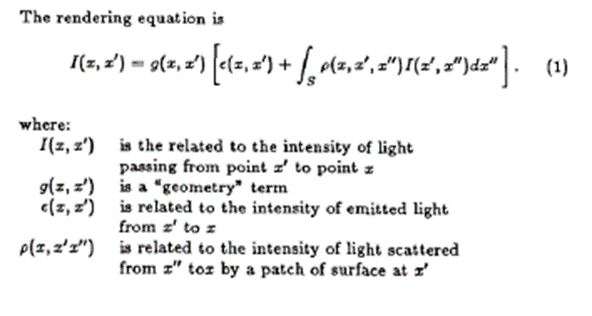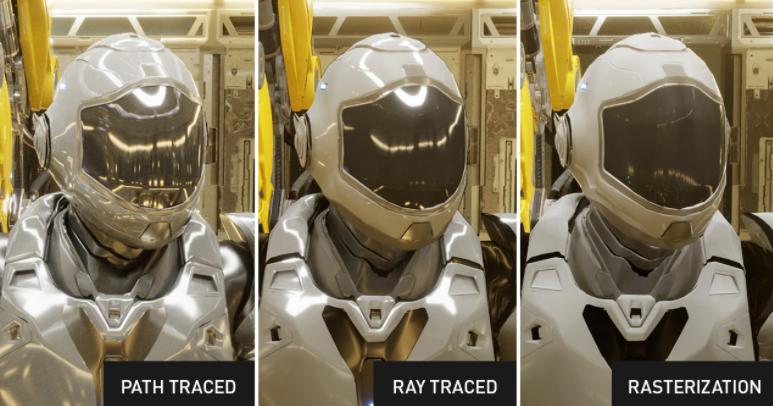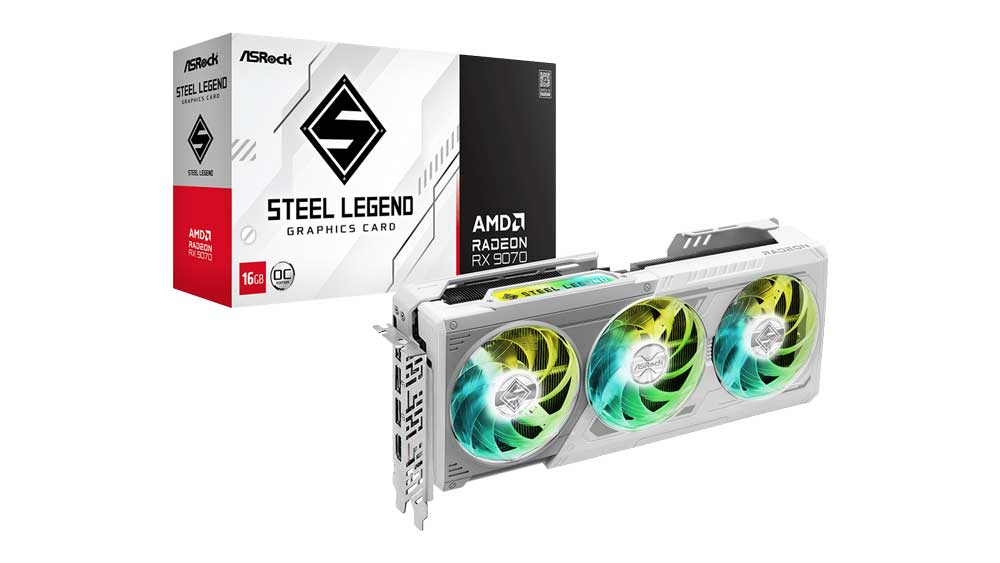Ray Tracing
In a few words, Ray Tracing (RT) creates more realistic scenes by accurately showing lighting. It doesn’t only show what is visible from a single point of view, but it shows what is visible from many different points of view in many different directions. It works by shooting rays into a scene from the camera’s viewpoint. These rays interact with the scene’s objects, and the effects of these interactions have to be shown accurately, which demands heavy computing power to show the correct ray paths and the corresponding accents. If this wasn’t enough, the first interaction of a ray hitting an object and the ray’s reflections on other objects must also be calculated for a more realistic outcome. In real life, shots of rays affect the entire scene. The same applies to graphics, where all pixel information must be considered for a highly realistic result. This is extremely demanding in real-time, even with today’s hardware. Nvidia and AMD introduced various techniques for real-time ray tracing, minimizing the computational power required for realistic scenes.
Path Tracing
Path tracing is a method of modeling real-time dynamic lighting in a scene, and it is not new at all since it originated in the mid-80s. In 1986, CalTech professor Jim Kajiya’s paper “The Rendering Equation” connected computer graphics with physics through ray tracing and introduced the path-tracing algorithm, making it possible to represent how light scatters throughout a scene accurately.

In this method, many rays are shot in a scene, and the algorithm has to track them as they interact with the scene’s object. The critical factor that lowers computing power demands is that instead of monitoring every single ray at the pixel level, it only tracks a portion of these rays, trying to stay as close as it gets to reality. To put it differently, in path tracing, the algorithm determines which reflections are the most important to provide an accurate close-up of a real-life scene and throws out the ones that are not so important. Needless to say, though, the more ray samples the algorithm takes into account, the better the visual result, but it comes at an increased computing power cost.
Since path tracing results cannot be perfect, they are combined with denoising algorithms to provide a cleaner image. The results are astonishing, as you can see in the screenshot below. To read more about path tracing, you should look at this article, written by an NVIDIA employee.
Combining Rasterization, Ray Tracing & Path Tracing!
Rasterization casts one set of rays from a single point, which vanish when they hit the first object. Ray tracing casts rays from many points in any direction. Finally, path tracing tries to truly simulate lighting physics, having ray tracing as one of its components.



